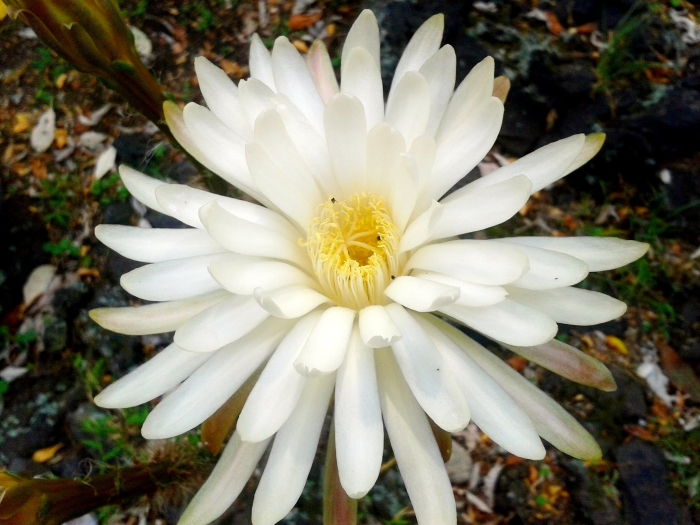Queen Of The Night
(Peniocereus serpentinus)
Queen Of The Night (Peniocereus serpentinus)
/
/

Luis Romero
CC BY 4.0
Image By:
Luis Romero
Recorded By:
Copyright:
CC BY 4.0
Copyright Notice:
Photo by: Luis Romero | License Type: CC BY 4.0 | License URL: http://creativecommons.org/licenses/by/4.0/ | Rights Holder: Luis Romero | Publisher: iNaturalist | Date Created: 2017-05-09T11:08:02-07:00 |
























Estimated Native Range
Summary
Peniocereus serpentinus, commonly known as Queen of the Night, is a perennial cactus native to arid and semi-arid regions of Mexico, where it is found growing in rocky outcrops and on slopes. It is a climbing or sprawling plant with slender, vine-like stems that can reach several meters in length. The stems are typically green, with small spines arranged in clusters. Queen of the Night is renowned for its large, white, nocturnal flowers that can be up to 25 cm in diameter, blooming sporadically from late spring to early summer. The flowers are highly fragrant and last for a single night, attracting pollinators such as bats and moths.
This cactus is valued in cultivation for its stunning, ephemeral blooms and its ability to adapt to container life, making it a prized specimen for cactus enthusiasts. It is often grown as an ornamental in rock gardens, on patios, or in greenhouses where its climbing habit can be supported. Queen of the Night requires well-drained soil, consistent with its native rocky habitats, and does best with partial shade to protect it from intense afternoon sun. While it is drought-tolerant, occasional watering during the growing season will encourage better growth and flowering. It is relatively free of serious pests and diseases but can be susceptible to root rot if overwatered.CC BY-SA 4.0
This cactus is valued in cultivation for its stunning, ephemeral blooms and its ability to adapt to container life, making it a prized specimen for cactus enthusiasts. It is often grown as an ornamental in rock gardens, on patios, or in greenhouses where its climbing habit can be supported. Queen of the Night requires well-drained soil, consistent with its native rocky habitats, and does best with partial shade to protect it from intense afternoon sun. While it is drought-tolerant, occasional watering during the growing season will encourage better growth and flowering. It is relatively free of serious pests and diseases but can be susceptible to root rot if overwatered.CC BY-SA 4.0
Plant Description
- Plant Type: Vine
- Height: 1.5-4 feet
- Width: 1-1.5 feet
- Growth Rate: Slow
- Flower Color: White
- Flowering Season: Summer
- Leaf Retention: Deciduous
Growth Requirements
- Sun: Full Sun, Part Shade
- Water: Very Low
- Drainage: Fast
Common Uses
Drought Tolerant, Low Maintenance, Rock Garden, Showy Flowers
Natural Habitat
Arid and semi-arid regions of Mexico, rocky outcrops, and slopes
Other Names
Common Names: Reina de la noche, snake cactus, Junco Espinoso, Mexican Night-Blooming Cactus, Mexican Night-Bloom Cereus, Pitahayita, serpent cactus
Scientific Names: , Peniocereus serpentinus, Cactus ambiguus, Cactus ambiguus, Cactus ambiguus, Cactus serpentinus, Cereaster serpentinus, Cereus ambiguus, Cereus ambiguus var. strictior, Cereus kalbreyerianus
GBIF Accepted Name: